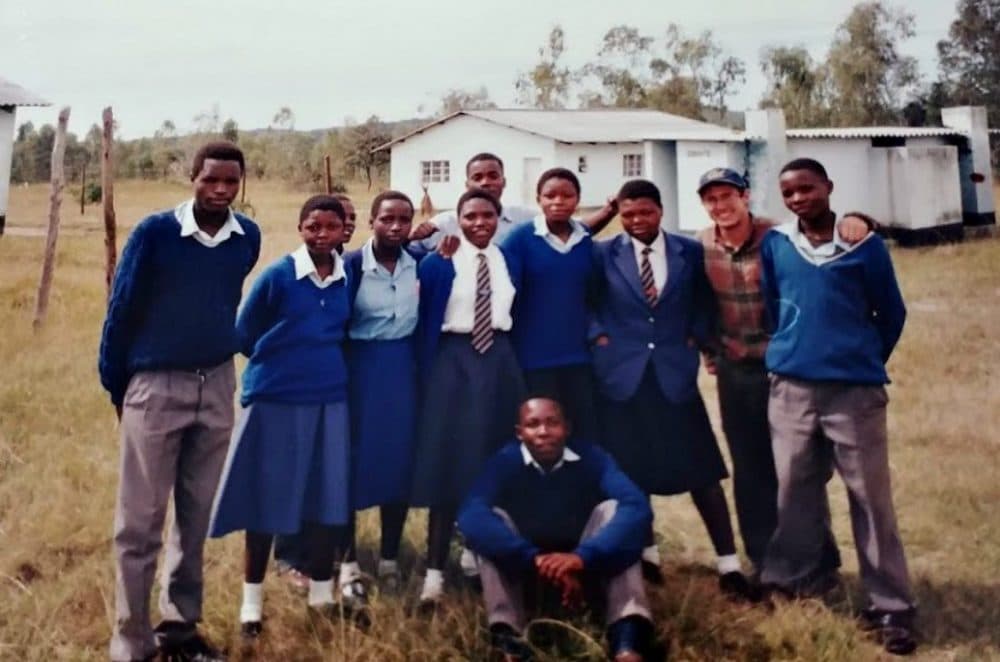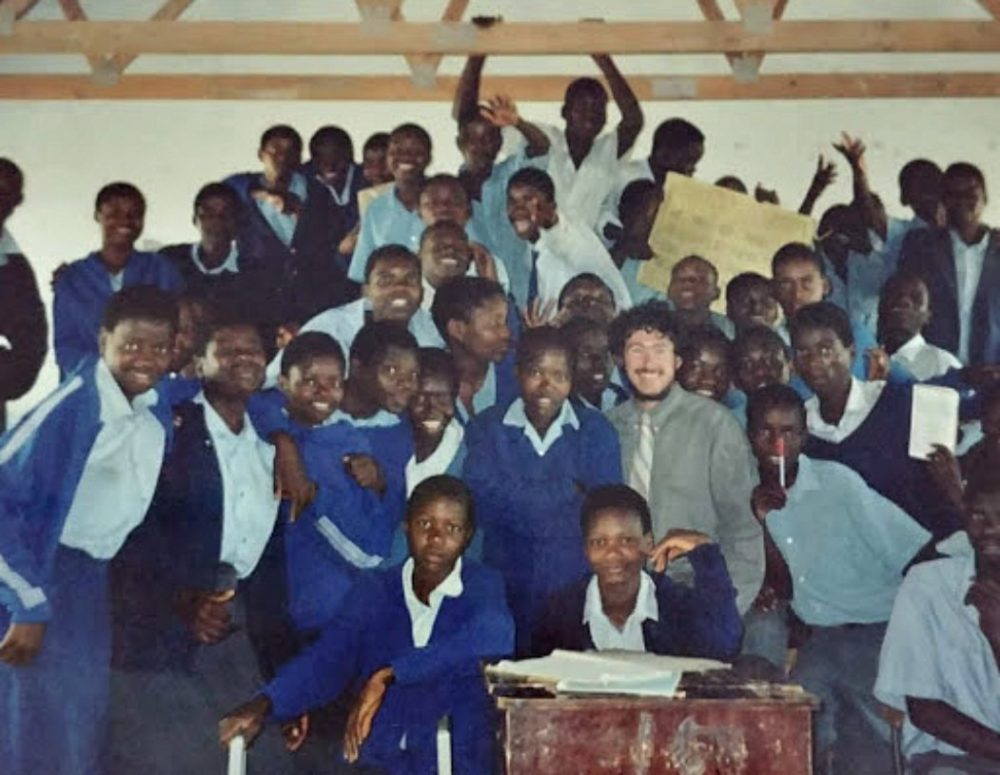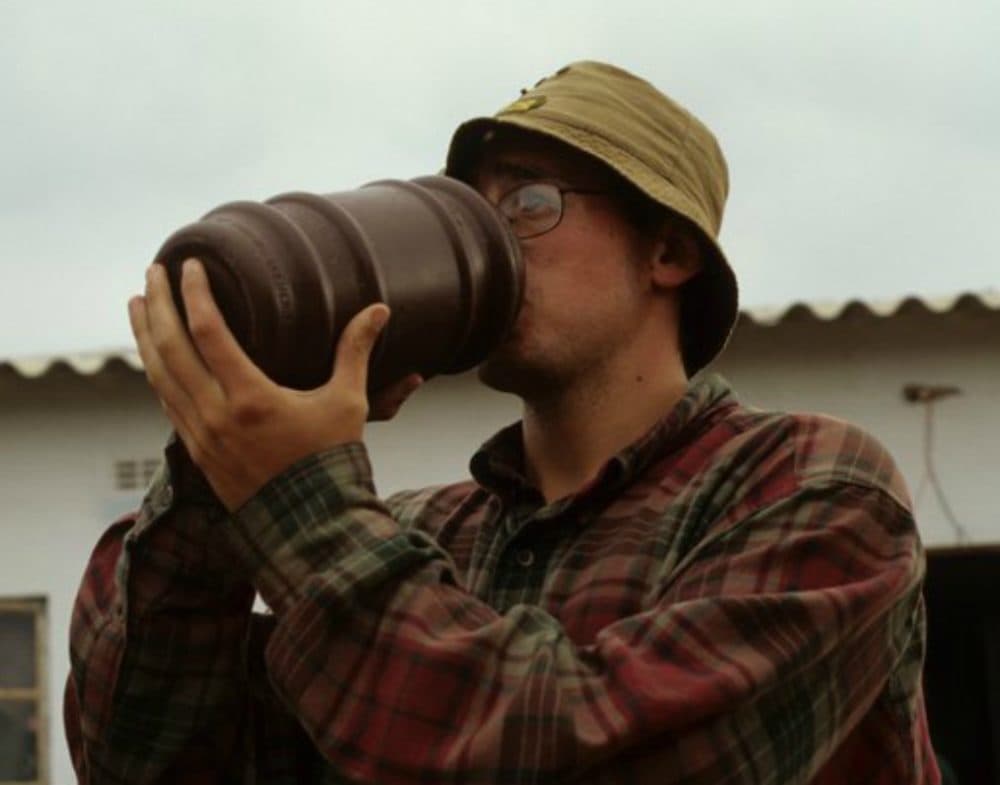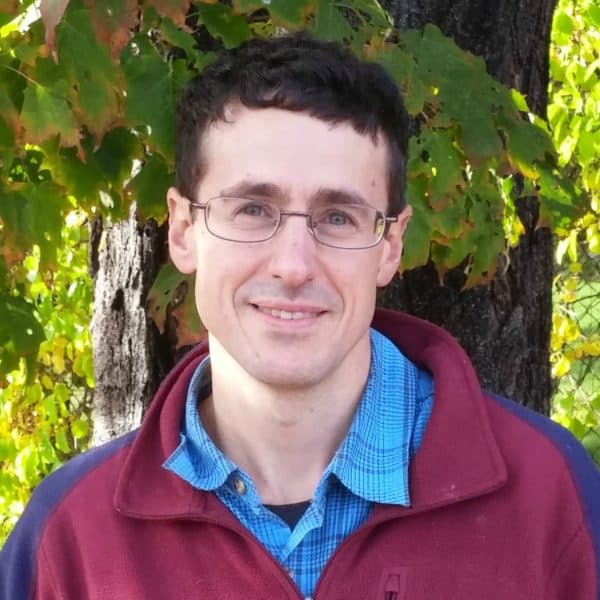Advertisement
Commentary
How 'The Karate Kid' Helped Me Bridge A Cultural Divide

My first teaching position was with the Peace Corps in rural Zimbabwe in the late 1990s. After three months of language and culture training, I headed to my site where, as the only American in a 50-mile radius, my assignment was to teach English and help start a library.
I had been teaching for almost a week when three of my 11th grade students showed up at my house after school, wondering if I would teach them karate.
I tried to explain that I didn’t know karate — that I was better equipped to teach language arts than martial arts. But for reasons I still don’t fully understand, they persisted. And I soon began teaching karate, three times a week, sometimes to as many as 15 kids at a time.
Nobody actually wanted to learn how to fight, which was a good thing, given that I stole most of my lesson plans directly from Mr. Miyagi in “The Karate Kid.” My students’ favorite lesson, hands down, was when I taught them to sing — I don’t know karate/ but I know ka-razy/ yes ya do! — while dancing like a young James Brown.
After a couple of months of sanding the imaginary floor, painting the non-existent fence and waxing on and off and on and off, we decided to spend our time together in other ways.

Almost every weekend, three of my students — Edwin, Learnmore and Alfred — would lead me on adventures through the nearby mountains, showing me where to find mashuku trees or how to track rock rabbits. Often, they would bring me to their homesteads for freshly boiled groundnuts.
We had a rule: they could only speak in English and I could only speak in Shona. This led to massive games of charades, at first, which only intensified our cultural misunderstandings.
It took me a while to realize that my students were not trying to teach me a traditional dance, but were asking if they could borrow my bike. And God only knows what they must have been thinking when I tried to explain through pantomime that many people in America are lactose intolerant.
During Peace Corps training, one of my mentors often spoke about the importance of “building bridges,” but I don’t think that I understood just how complicated and involved cross-cultural exchange would be. It requires constant openness, patience and humility; there were many days when I, a solitary introvert, wanted to build a drawbridge, so that I could pull it up and hide behind the walls of my proverbial castle.
We build bridges because we recognize the immense power in understanding other people’s narratives.
No, I wanted to explain to my students, I don’t want to spend the weekend attending the wedding of your cousin’s next-door neighbor. No, I wanted to tell the other teachers in my school, I don’t want to share a bucket of opaque beer that gets stuck in your teeth and gives you a full-body hangover.
But no one has ever developed meaningful relationships by building walls.
True exchange requires hard work. It took many evenings of studying flashcards and memorizing Shona’s 21 different noun classes before I could finally explain to my students what a lactase enzyme was and why I’d prefer not to have a cup of homemade, fermented milk.
One weekend, I actually did attend the wedding of a student’s cousin’s next-door neighbor. It was a delightful ceremony until the man officiating the wedding abruptly switched from Shona to English and announced: "There is one person here who doesn’t belong, and I am not sure why he is here. I am not sure why his people are here."
Three hundred eyes fell on me. I wanted nothing more, in that moment, than to return to the safe confines of my tiny house. But I didn’t. I spent that evening speaking with the man who’d called me out, listening to stories about what life was like under colonial rule, sharing a bucket of opaque beer with him until my knees began to ache.

In Shona, there is a single word for forming a friendship -- kufambidzana -- which means "to cause to walk together."
And when I think back to those weekly walks in the mountains with my students, I wasn’t just learning how to express myself creatively through a limited vocabulary and exaggerated bodily gestures. I was learning something that has stayed with me after all these years, which is that I couldn’t really teach my students English until I first understood Shona.
I had many experiences as a Peace Corps volunteer that were filled with discomfort — interactions and conversation that made me feel vulnerable — and more often than not, those were the experiences that taught me the most.
The Peace Corps taught me that we build bridges because we recognize that there are great gaps in what we know about each other. Here I am on one shore, here you are on another, and a raging river divides us. We build bridges because we recognize the immense power in understanding other people’s narratives.
